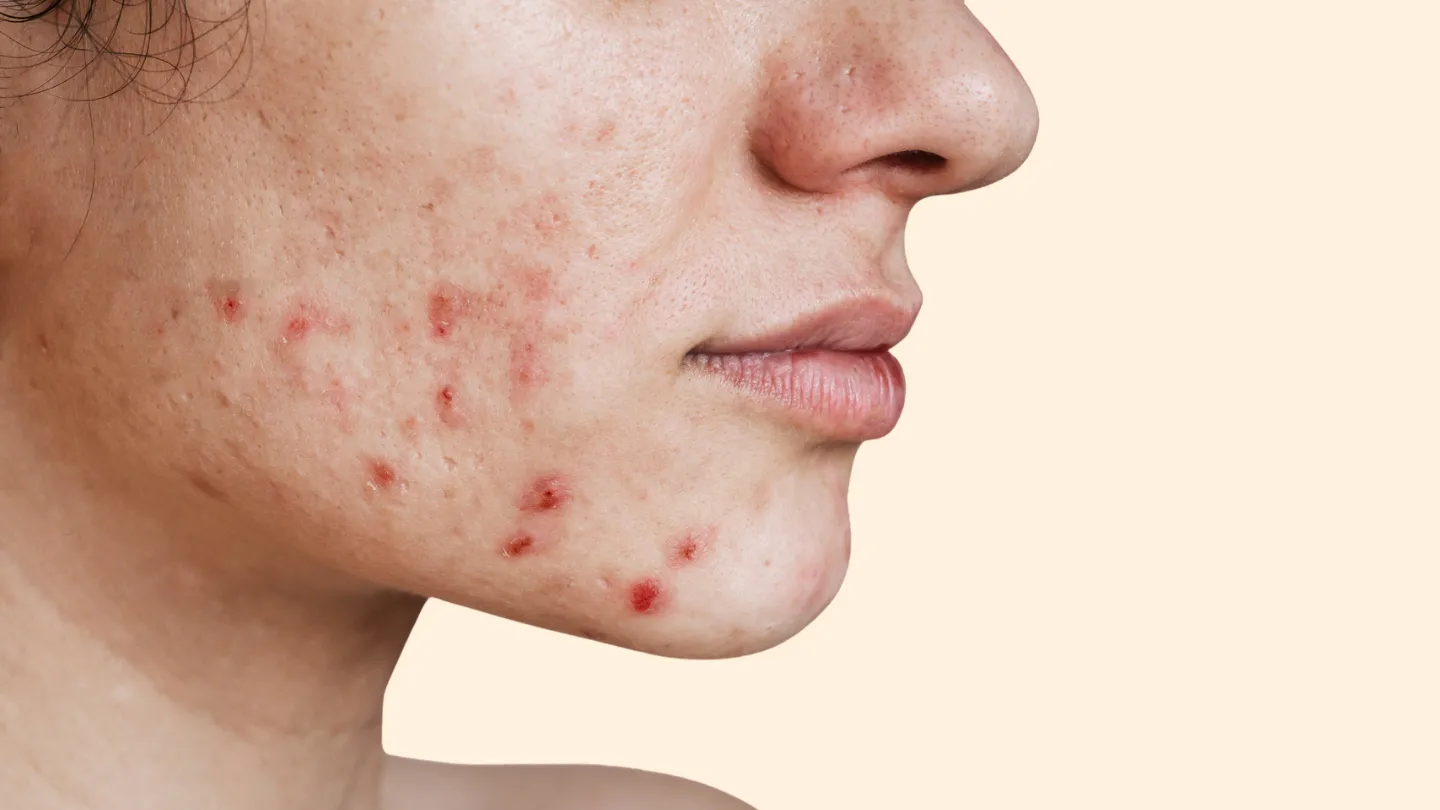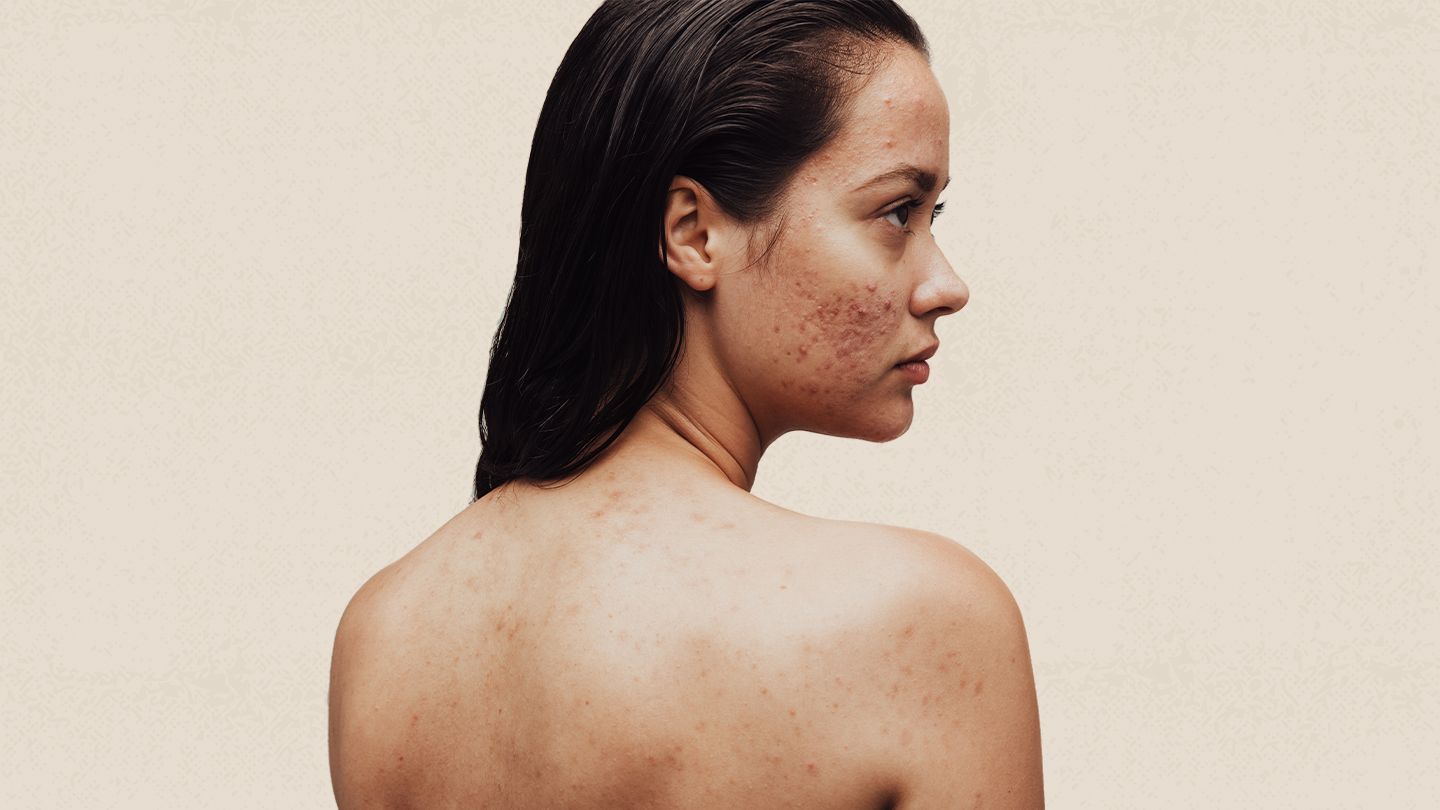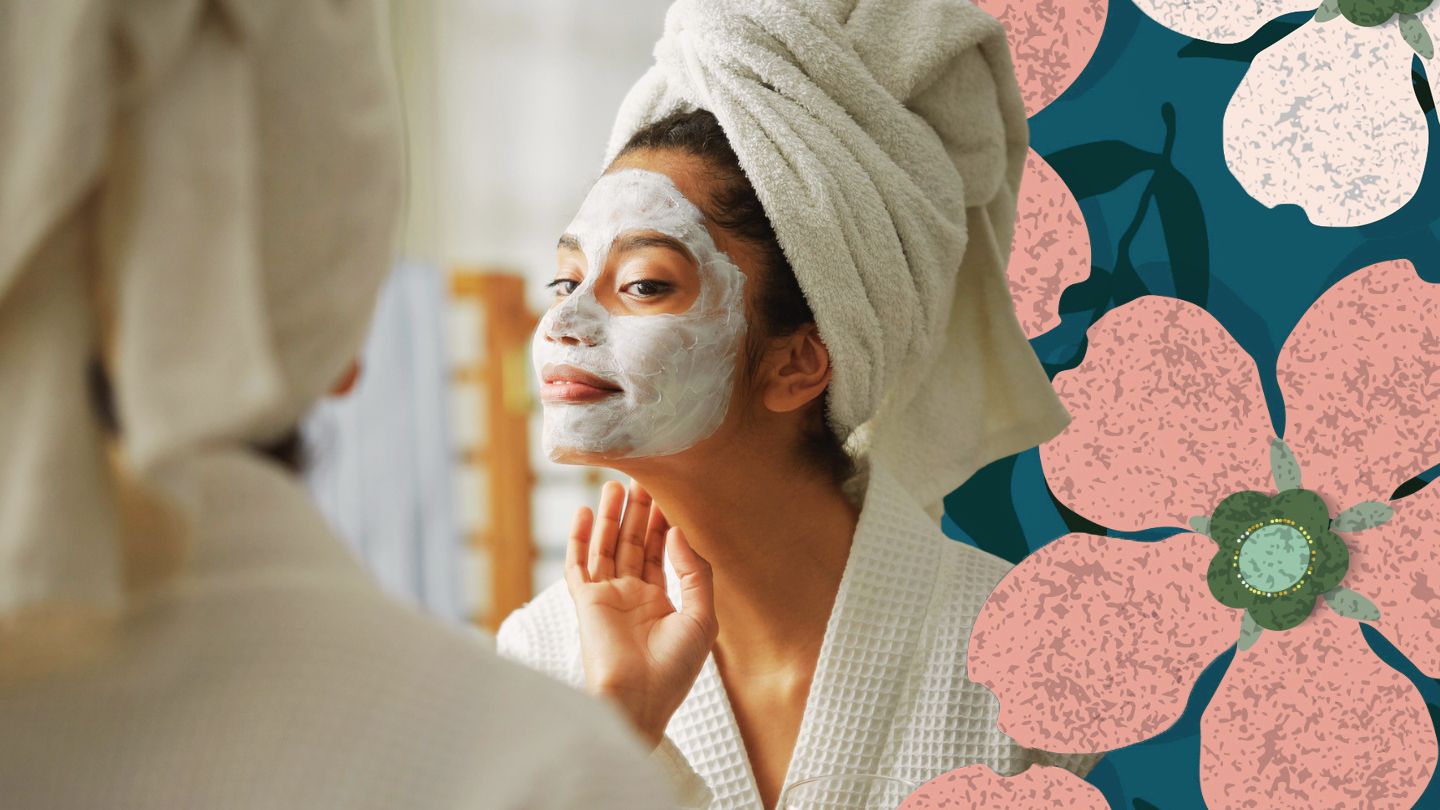What Are Gluteal Folds?
Gluteal folds, also known as butt creases, are lines or creases that form just beneath each cheek on the human buttocks. They are a natural part of the anatomy and occur where the lower part of the buttocks meets the top of the thighs.
Gluteal folds are created by the underlying structure of the buttock muscles as well as fat distribution in the area. When we sit, the skin gathers and folds at the crease between the buttocks and thighs. This forms the horizontal creases known as gluteal folds.
What Causes Gluteal Folds?
There are a few factors that contribute to the formation of gluteal folds:
- Underlying skeletal structure - The shape and angle of the pelvis can impact gluteal fold formation.
- Muscle structure - The gluteus maximus muscles shape the buttocks and naturally gather at the crease.
- Body fat distribution - More fat underneath the skin in the buttocks area leads to deeper folds.
- Age and genetics - Gluteal folds become more pronounced with age as collagen breaks down in the skin. Genetics play a role in fat distribution and muscle shape.
- Sitting - Regular sitting causes compression of the skin in the crease, leading to more pronounced folds over time.
Do Gluteal Folds Serve Any Purpose?
Gluteal folds form naturally based on our anatomy, but do they actually serve a purpose? Here are some potential functions of gluteal folds:
- Allow greater freedom of leg movement - The folds act as flex points where the buttocks meets the thighs, facilitating free movement of the legs.
- Protect blood vessels and nerves - The underside of the gluteal folds house important blood vessels and nerves that supply the lower body. The folds may help shield these structures.
- Improve friction and stability - The gluteal folds prevent the thighs from rubbing directly against the buttocks. This decreases friction that can lead to chafing and discomfort.
- Contour the body shape - Gluteal folds influence the shape and contour of the lower body.
- Aid sitting - The folds likely make sitting more comfortable and stable by separating the thighs from the bulk of the buttock muscles.
What Do Gluteal Folds Look Like?
Gluteal folds can vary somewhat in appearance from person to person. However, there are some general characteristics of these folds:
- Bilaterally symmetrical - A person will usually have a fold in roughly the same place on both the right and left buttocks.
- Horizontal orientation - The folds run side-to-side across the lower buttocks in a generally horizontal line.
- Smooth appearance - The folds look like natural skin creases without any overt wrinkling or dimpling.
- Parallel folds - Some people develop more than one gluteal fold on each side.
- Deeper in thick skin - The folds are typically more indented in individuals with thicker skin in the buttocks area.
Variations in Gluteal Folds
While gluteal folds share some common traits, there are also variations between different individuals:
- Number - Most people have one crease on each side, but some have multiple folds per side.
- Depth - The folds may be shallow dents or indentations or very deep grooves depending on factors like skin thickness.
- Length - Folds can span just a portion of the buttocks or run nearly the entire width.
- Position - The folds may sit high or low on the buttocks and be spaced widely or closely together.
- Appearance - Gluteal folds can appear smooth or more wrinkled.
Asymmetrical Gluteal Folds
While most people have relatively equal gluteal folds, it's also possible to have asymmetry where the folds do not match right and left. Some examples of asymmetrical gluteal folds include:
- Having a fold on one side but not the other
- One fold being significantly longer, deeper or more pronounced
- Gluteal folds at different heights on each side
- A different number of folds on the right versus left
Mild asymmetry is reasonably common and rarely a cause for concern. In some cases, apparent asymmetry is an optical illusion caused by varied positioning rather than actual anatomical asymmetry. More pronounced asymmetry can potentially be investigated by a doctor.
Gluteal Folds in Different Demographics
Gluteal folds are nearly universal, but there can be some demographic factors that influence their appearance:
Gluteal Folds in Newborns
Babies are typically born with very minimal gluteal folds since their skin and underlying tissue is still new and resilient. Any creases tend to be very faint at birth.
Gluteal Folds in Children
As a child ages, gluteal folds start becoming more visible. The folds become more pronounced once an infant starts sitting up. By toddler ages, folds are usually moderately apparent.
Gluteal Folds in Teenagers
During puberty and the teen years, factors like growth spurts, muscle development and fat distribution can make gluteal folds more noticeable. Teens tend to develop defined folds that resemble those of adults.
Gluteal Folds in Adults
In most adults, gluteal folds are readily visible and have a characteristic creased appearance. The folds may become deeper and more wrinkled in older adults as skin elasticity decreases.
Gluteal Folds in Elderly Adults
Aging adults tend to develop more exaggerated gluteal folds as collagen in the skin weakens and fat redistributes. The folds are often deeper with more wrinkling in the elderly.
Gluteal Folds in Obese Individuals
People with increased body fat and thicker skin around the buttocks frequently have very prominent and deep gluteal folds. The excess fat deposits in this area lead to more pronounced folding.
Gluteal Folds in Fit/Athletic People
Those with low body fat and high muscle mass in the glutes and thighs may have very shallow folds or even a smooth crease. Less fat and tighter skin decreases fold formation.
Gluteal Folds in Different Ethnic Groups
Some ethnic groups tend to exhibit more exaggerated gluteal folds. This includes individuals of African and Hispanic descent, likely related to higher proportions of gluteal fat.
Potential Gluteal Fold Issues
For the most part, gluteal folds are a normal anatomical feature. However, there are some associated skin conditions or aesthetic concerns that can potentially arise.
Intertrigo
Intertrigo refers to skin inflammation caused by friction between skin surfaces. It often occurs between large skin folds where moisture gets trapped. Gluteal folds are prone to intertriginous inflammation due to their deep creased anatomy.
Signs of intertrigo include redness, irritation, and chafing within the folds. Treatment involves keeping the area dry, use of protective barriers, and application of anti-inflammatory creams.
Folliculitis
The hair follicles along gluteal folds can become infected, resulting in a condition known as folliculitis. Risk factors include shaving, friction, and sweating.
Symptoms involve small red bumps and pus-filled pimples along the folds. Mild cases may resolve with good hygiene and antibacterial creams. More severe infections require antiseptic washes and antibiotic therapy.
Hidradenitis Suppurativa
A chronic long-term skin condition characterized by painful, boil-like lumps in areas with many oil and sweat glands. Gluteal folds are one of the most common sites affected.
HS arises from clogged hair follicles and oil glands. Treatment focuses on managing symptoms and preventing flare-ups using antibiotics, anti-inflammatory drugs, and surgery for severe cases.
Maceration
Maceration is softening and breakdown of the outer layer of skin due to excessive moisture. Gluteal folds are prone to maceration since sweat and bodily fluids can collect there.
Appears as white, soggy, wrinkled skin. Prevent by keeping the area clean and dry. Barrier creams, powders and air circulation help.
Skin Tags
Skin tags are benign growths that can form in skin folds like the gluteal crease. They appear as small, soft skin flaps or projections along the folds.
Usually painless and harmless. Can remove for cosmetic reasons by freezing with liquid nitrogen or excising.
Cellulitis
An acute spreading bacterial skin infection that can develop from breaks in the skin of the gluteal fold region. Appears as expanding areas of red, swollen, tender skin.
Requires prompt antibiotic therapy to prevent the infection from spreading deeper. Keeping good hygiene can help prevent cases.
Aesthetic Concerns
While folds are normal, some people wish to minimize the appearance for cosmetic reasons. Options include:
- Weight loss to reduce fat and smooth folds
- Building gluteal muscle to tighten skin
- Laser skin resurfacing to improve skin tone
- Invasive procedures like gluteal fold plasty surgery
However, risks and costs should be carefully weighed before considering such procedures for solely cosmetic outcomes.
How to Manage Gluteal Folds
To help keep your gluteal folds healthy and minimize any related issues, consider these self-care tips:
Practice Good Hygiene
Clean the gluteal folds daily with a gentle cleanser. Avoid heavily fragranced products. Make sure to thoroughly dry the area after bathing.
Use Moisturizer
Apply a moisturizer to the gluteal folds to hydrate the skin. Creams and lotions keep skin supple and less prone to cracking.
Wear Breathable Fabrics
Choose loose, breathable underwear and clothing. Tight elastic bands can irritate skin folds. Cotton underwear allows better airflow.
Treat Skin Infections
Use antifungal or antibacterial creams to treat any fungal or bacterial infections occurring in the gluteal folds.
Avoid Irritants
Steer clear of harsh soaps, fragrances, and fabrics that aggravate the skin. Stop using any products causing reactions.
Lose Excess Weight
Slimming down excess body fat can help minimize very deep gluteal folds. Consult a nutritionist or doctor for advice.
Exercise the Glutes
Strength training exercises that build the gluteal muscles can help tighten loose skin. Try squats, lunges, and resistance band moves.
See a Dermatologist
Visit a skin doctor if you develop rashes, severe irritation, infection, or other concerns related to your gluteal folds.
When to Seek Medical Care
Gluteal folds themselves are not cause for medical concern. However, you may wish to consult a doctor or dermatologist if you experience:
- Signs of infection - redness, swelling, oozing, fever
- Intense itching or burning
- Bleeding, openings, or ulcers in the folds
- Hardened, ulcerated skin lesions
- Foul odor coming from the folds
- Severe aesthetic concerns causing distress
Skin infections require prescription antibiotic treatment. A doctor can also determine if an underlying condition may be affecting your gluteal folds.
Takeaways
- Gluteal folds are creases or lines that form where the buttocks meet the thighs.
- They occur naturally based on underlying anatomy but become more pronounced with age.
- Take steps to keep the area clean and dry to prevent skin issues.
- See a doctor for signs of infection or other changes causing symptoms.
- Gluteal folds are normal, but cosmetic procedures are an option for those unhappy with their appearance.
FAQs
What causes gluteal folds?
Gluteal folds are caused by the underlying structure of the buttocks muscles as well as fat distribution in that area. When we sit, the skin gathers at the crease between the bottom and thighs, forming folds. Age, genetics, body fat, and sitting impact fold formation.
At what age do gluteal folds develop?
Gluteal folds start becoming visible as infants begin to sit up. They become more pronounced as children grow. Most teenagers develop defined folds similar to those in adults.
Can I get rid of my gluteal folds?
Gluteal folds are a natural part of anatomy, but there are non-surgical and surgical options to minimize their appearance. Weight loss, exercise, skin procedures, and in severe cases, gluteal fold surgery, may reduce fold visibility.
Why do my gluteal folds itch?
Itching in the gluteal folds can occur due to friction, moisture trapping, heat rash, fungal infections, or skin conditions like eczema. Proper hygiene, breathable fabrics, topical creams, and in some cases, oral medication can relieve itch.
How can I prevent gluteal fold infections?
Practice good hygiene by washing the folds daily, drying thoroughly, and avoiding tight clothing. Treat any fungal or bacterial infections promptly. Keep the area dry to prevent maceration. See a doctor for any persistent skin changes.
Disclaimer: This article is for informational purposes only and does not constitute medical advice. Always consult with a healthcare professional before starting any new treatment regimen.
Related Coverage
Blackheads on the inner thighs can be caused by clogged pores, friction, and sweat. Treat mild cases with exfoliation and acne creams. See a dermatologist for severe acne....
Explore the anatomy of the double bum crease, causes of an exaggerated crease, and treatments like exercise, weight management, and posture improvement to reduce its appearance....
Piedmont Dermatology & Plastic Surgery provides exceptional medical dermatology, cosmetic dermatology, plastic surgery, and aesthetic services to patients in North Carolina....
Find effective ways to heal blood-filled pimples, including home remedies, OTC treatments, and preventative measures for clear skin....
Does fasting help with acne? Discover the science behind the relationship between fasting and acne, potential benefits, drawbacks, and best practices for incorporating fasting into your skin care routine....
Acne can leave deep physical and emotional scarring. Learn how to cope with the shame and rebuild your self-esteem after years of struggling with bad skin....
Wondering if that bump is monkeypox vs acne? Learn key symptoms, when to worry, and how to get the right care quickly....
Microdermabrasion for acne can smooth active breakouts, reduce shallow scars, and boost collagen, but it's best for mild cases....
Discover dermatologist tips for an acne-fighting skincare routine. Learn the best moisturizer ingredients to clear, hydrate and protect teenage skin....
Find out if sugary sodas can contribute to acne breakouts in adults. Get research overview and dermatologist tips for treating acne internally and externally....








